Silicon Valley Web Builder will host a wiki-focused event tomorrow, Wednesday. While their first wiki event almost a year ago with JotSpot, Socialtext , Atlassian and WetPaint was more introductory, this time the focus will be on – surprise! – the contrast or harmony of Beauty- i.e. attractive UI, vs. the Beast – functional robustness.
The Moderator for tomorrow is Luke Wroblewski, Yahoo’s design guru who has authored a book on Web interface design principles titled “Site-Seeing: A Visual Approach to Web Usability” and is working on thee next one: “Web Form Design Best Practices”.
- Kevin Flaherty of Wetpaint
- Ryan Lukehart of BrainKeeper
- Aaron Fulkerson of Mindtouch
- Raju Vegesna of Zoho
- Joshua Wold of Atlassian
It’s definitely an interesting mix. Playing a bit with the metaphor, I’d say market leader Atlassian is known as the “beast”: whatever enterprise wiki functionality you can think of, their Confluence will likely have it.
Wetpaint got popular for the “beauty” – that’s why I called it the wiki-less wiki. It’s a most user-friendly self-publishing tool that allows anyone to create a site and transform it into an online community. Incidentally, the SV Web Builder site is built on Wetpaint.
Brainkeeper, a user-friendly enterprise wiki startup took me by surprise when they launched in January. Totally out of left field, they aim to be the beast like Confluence and the beauty like Wetpaint, with twists not seen in wikis, like workflow. I’m really looking forward to seeing how far they’ve got since launch.
“MindTouch is transforming the Wiki from the Web’s best collaborative authoring tool into an open source service platform with a Wiki heart. Their Deki Wiki Hayes release is perhaps the most extendable Wiki tool available today.” I had to steal that line from Read/WriteWeb, I couldn’t have said it any bettr – oh, and congrat’s on reaching the 100,000 user mark!
Zoho is not a pure-play wiki player. Their wiki is just a part of a productivity/collaboration suite, and it shows. Beauty? The UI needs improvement, but this is the only wiki with not just simple a WYSIWYG editor, but a full word processor that writes true html, not wiki syntax. Beast? I think the emphasis here will not be on the standalone product, but how well it integrates with other Zoho offerings, supporting a flow-oriented world that matches how we think.
It will no doubt be an interesting event, so please check out the site details, and remember, admission is free if you register online, but $10 at the door. See you tomorrow.
Related posts: Laughing Squid, Lunch 2.0, Functioning Form, Mindtouch, Brainkeeper, Wetpaint, Zoho blogs, Centernetworks.



 When it didn’t happen, they must have lost interest – the annual Money upgrades brought less and less new features or even bug fixes, and smart users started to skip releases between upgrades. Then trouble started left and right: weird things happened to my accounts beyond my control. Categorization? I’ve long given up on it, most of my downloaded data is associated with junk categories. The real bad part: data changed in existing accounts, very old transactions downloaded again into already reconciled months..etc. This is my bank account, my money we’re talking about! The very data I meticulously took care of while in my possession now got randomly changed. The only way to be really sure I have the right balances was (is) to go and verify them at the individual bank or broker sites.
When it didn’t happen, they must have lost interest – the annual Money upgrades brought less and less new features or even bug fixes, and smart users started to skip releases between upgrades. Then trouble started left and right: weird things happened to my accounts beyond my control. Categorization? I’ve long given up on it, most of my downloaded data is associated with junk categories. The real bad part: data changed in existing accounts, very old transactions downloaded again into already reconciled months..etc. This is my bank account, my money we’re talking about! The very data I meticulously took care of while in my possession now got randomly changed. The only way to be really sure I have the right balances was (is) to go and verify them at the individual bank or broker sites. ) and not even feel the need to apologize. It’s the absolute Cardinal Sin. And now this company wants me to put my trust in their services?
) and not even feel the need to apologize. It’s the absolute Cardinal Sin. And now this company wants me to put my trust in their services?

![Reblog this post [with Zemanta]](https://www.zoliblog.com/wp-content/uploads/HLIC/c3f6a73b6f73860cb3967d8190b33e5c.png)
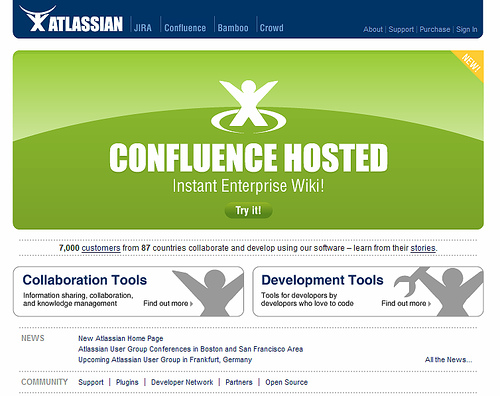
 Oh, well, if you want to find out more about Atlassian, you can attend their user
Oh, well, if you want to find out more about Atlassian, you can attend their user  I ‘m reading about two startups this morning and I can’t help but draw a comparison.
I ‘m reading about two startups this morning and I can’t help but draw a comparison.
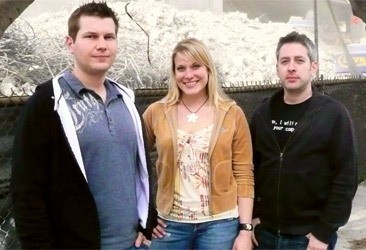 The other story is from
The other story is from 

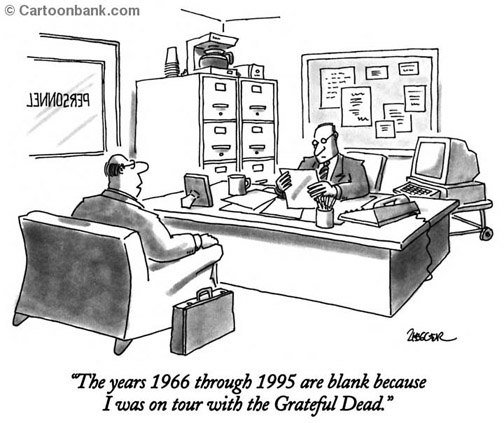

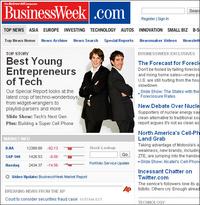


 (see
(see  P.S. They won
P.S. They won 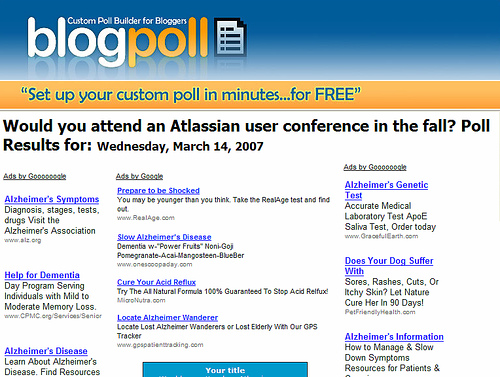

Recent Comments